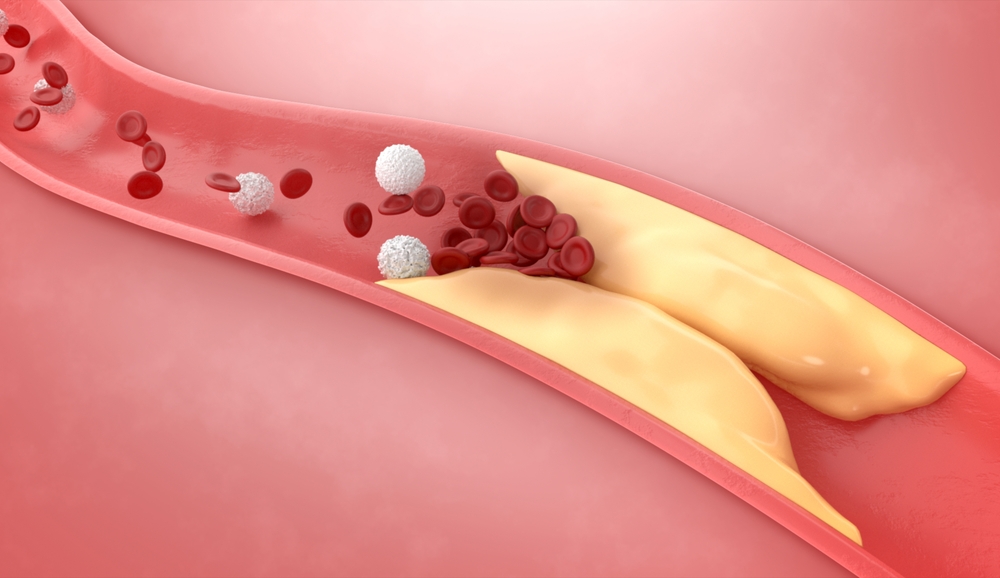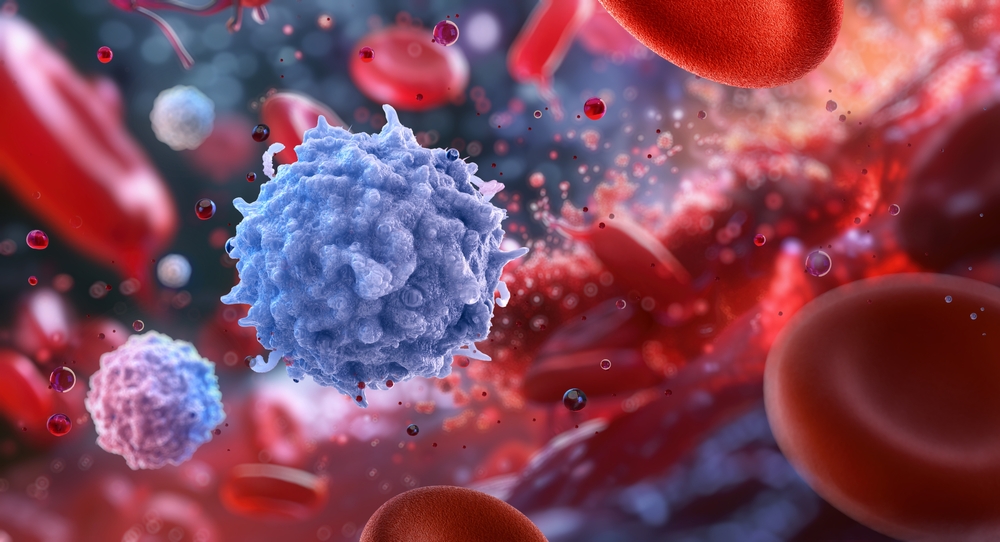This blog is the first part of a new series that builds upon a previous blog that discussed common chronic diseases for seniors. The first blog will focus on hypercholesterolemia.
Hypercholesterolemia (high cholesterol) is characterized by an excess of low-density lipoprotein (LDL) found in the bloodstream. LDL is bad cholesterol whereas high-density lipoprotein (HDL) is good cholesterol. LDL causes blood vessels to narrow by collecting in their walls. On the other hand, HDL moves LDL cholesterol out of the bloodstream.
Risk factors for hypercholesterolemia include high blood pressure, diabetes, low levels of HDL, age, and a family history of heart disease. The condition is most common in individuals older than 40 years of age, women, and post-menopausal people.
Most people with hypercholesterolemia do not experience any symptoms. Diagnosis involves using a blood test to determine cholesterol levels.
You can reduce your risk of developing hypercholesterolemia by staying physically active, eating foods that are low in saturated fat, avoiding tobacco products, and controlling your blood sugar level.
There are many types of medication available for people with hypercholesterolemia. However, you may experience some side effects, including muscle and joint pain, upset stomach, and headache.
Love them without losing yourself. The Boom Health app helps you manage your loved one’s home care in one app. Download the app from the App Store or Google Play Store.
This article is not intended to be a substitute for professional medical advice or diagnosis. Always seek the advice of your physician or another qualified health provider with any questions you may have regarding a medical condition.





